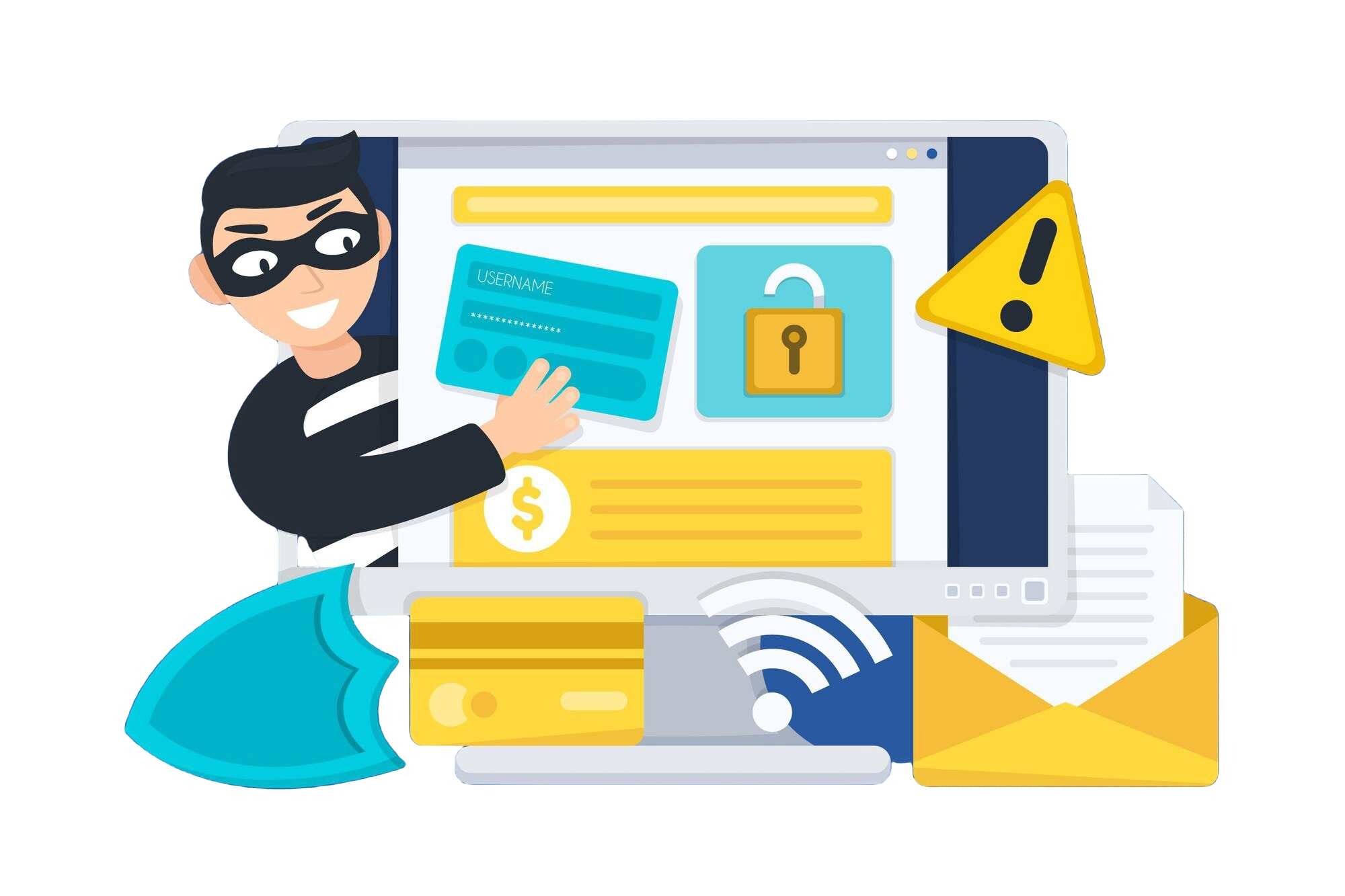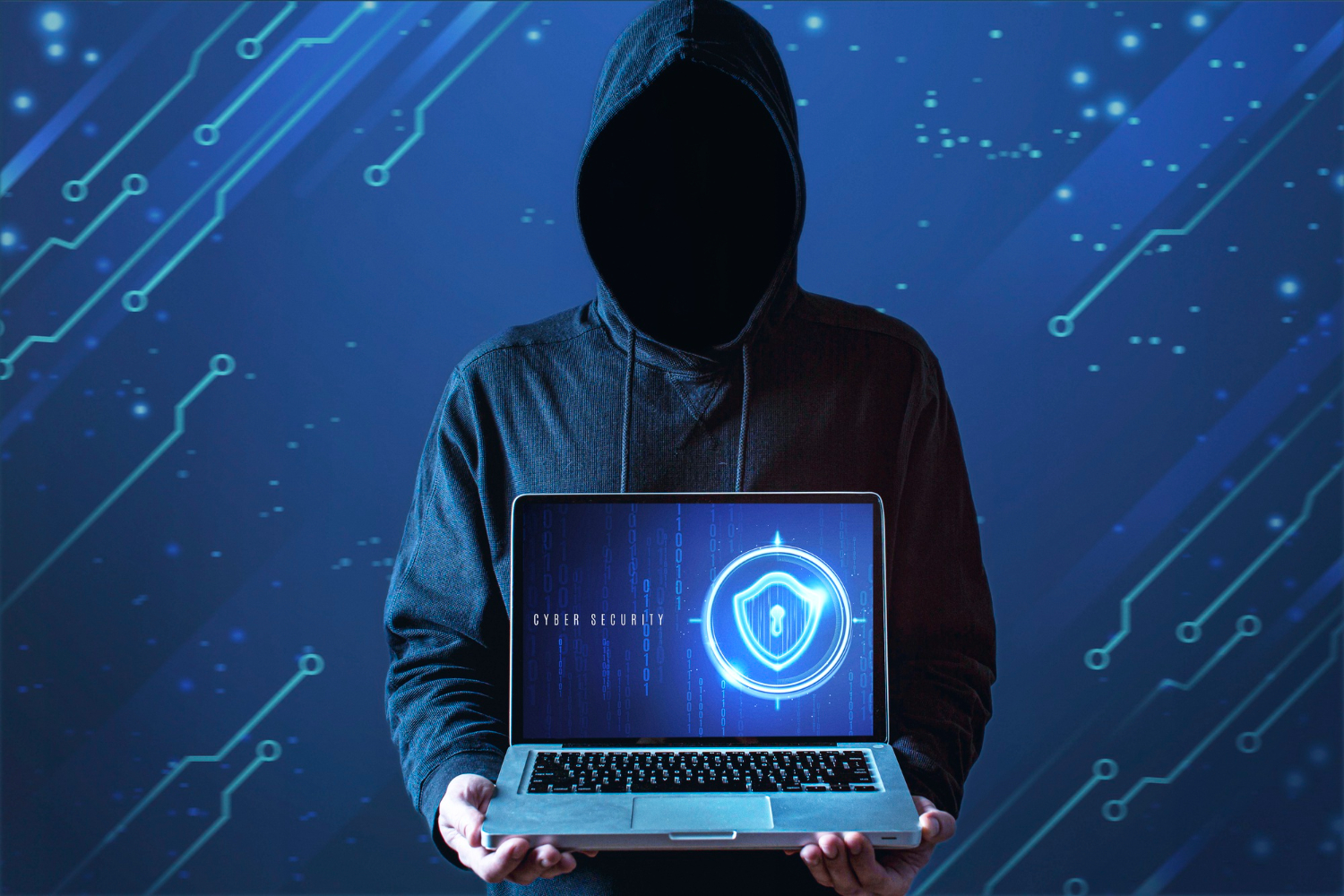In our increasingly digital world, cyber hygiene is a vital practice to ensure the safety of your personal and professional information online. Much like regular hygiene keeps you healthy, maintaining good cyber hygiene habits protects your digital assets from threats such as hacking, malware, and phishing.
This guide covers essential steps to improve your cyber hygiene, helping you safeguard your digital life in 2025 and beyond.
What is Cyber Hygiene?
Cyber hygiene refers to routine practices and measures that individuals and businesses take to maintain the health of their digital devices, networks, and data. These practices help prevent cyberattacks, reduce vulnerabilities, and ensure the overall security of online activities.
With cyber threats growing in sophistication, keeping your digital life safe requires consistent and proactive efforts.
Simple Steps to Maintain Cyber Hygiene
1. Keep Your Software Up-to-Date
Outdated software often contains vulnerabilities that hackers can exploit. Regular updates ensure your devices and applications have the latest security patches.
- Best Practices:
- Enable automatic updates for your operating system, antivirus software, and apps.
- Regularly check for firmware updates on devices like routers and IoT gadgets.
2. Use Strong and Unique Passwords
Weak or reused passwords make it easier for attackers to gain unauthorized access to your accounts.
- Tips for Strong Passwords:
- Use a mix of uppercase, lowercase, numbers, and special characters.
- Avoid using personal information like your name or birthdate.
- Employ a password manager to generate and store secure passwords.
3. Enable Two-Factor Authentication (2FA)
Two-factor authentication adds an additional layer of security by requiring a second form of verification, such as a code sent to your phone.
- Why It Matters: Even if a hacker steals your password, they won’t be able to access your account without the second factor.
4. Be Wary of Phishing Attempts
Phishing is one of the most common ways cybercriminals steal personal information. Recognizing and avoiding phishing scams is a critical aspect of cyber hygiene.
Be cautious of emails that use urgent or threatening language.
How to Spot Phishing:
Check the sender’s email address and domain.
Avoid clicking on suspicious links or downloading unexpected attachments.


5. Use Antivirus and Anti-Malware Software
Antivirus programs are essential for detecting and removing malicious software that can compromise your data.
- Best Practices:
- Install a reputable antivirus program on all your devices.
- Schedule regular scans to detect potential threats.
- Keep the software updated to defend against the latest malware.
6. Regularly Back Up Your Data
Backing up your data ensures you can recover important information in case of a ransomware attack, hardware failure, or accidental deletion.
- Backup Strategies:
- Use both cloud-based and external hard drive backups.
- Schedule automatic backups to ensure consistency.
- Test your backups periodically to verify their integrity.
7. Secure Your Wi-Fi Network
An unsecured Wi-Fi network is an open invitation for hackers to access your devices and data.
- Tips to Secure Wi-Fi:
- Use a strong password for your Wi-Fi network.
- Enable WPA3 encryption, the latest and most secure protocol.
- Disable SSID broadcasting to make your network less visible to outsiders.
8. Practice Safe Browsing Habits
Careless internet usage can expose you to cyber threats. Always stay vigilant when browsing.
- Safe Browsing Tips:
- Avoid visiting unknown or suspicious websites.
- Look for HTTPS in the URL to ensure secure connections.
- Use ad blockers to minimize exposure to malicious ads.
9. Limit Personal Information Shared Online
Oversharing personal information on social media or other platforms increases your risk of identity theft.
- Best Practices:
- Review privacy settings on your social media accounts.
- Avoid sharing sensitive information like your address or financial details publicly.
- Be mindful of what you post, as hackers often use this information to guess security answers.
10. Educate Yourself and Stay Updated
Cybersecurity is constantly evolving, and staying informed about the latest threats and protection methods is key to maintaining good cyber hygiene.
- How to Stay Informed:
- Follow reputable cybersecurity blogs and news sources.
- Take online courses or webinars on digital safety.
- Share your knowledge with friends and family to promote safer practices.
Emerging Cyber Hygiene Challenges in 2025
The cyber landscape in 2025 brings new challenges, including:
- AI-Driven Threats: Hackers are leveraging artificial intelligence to create highly convincing phishing scams and automate attacks.
- IoT Security: With the proliferation of smart devices, ensuring their security has become more complex.
- Deepfake Technology: Cybercriminals use deepfakes to impersonate individuals and deceive victims.
Addressing these challenges requires vigilance and an ongoing commitment to improving cyber hygiene practices.
Recommended Tools for Cyber Hygiene
- Password Managers: Tools like LastPass or Dashlane help you create and manage strong passwords.
- Antivirus Software: Norton, McAfee, or Bitdefender provide robust protection against malware and viruses.
- VPN Services: ExpressVPN and NordVPN encrypt your internet connection for added security.
- Secure Browsers: Browsers like Brave or Firefox focus on privacy and safe browsing.
- Cloud Backup Solutions: Google Drive, Dropbox, or OneDrive ensure your data remains safe and accessible.
Conclusion
Maintaining good cyber hygiene is not a one-time task but an ongoing process that requires consistent effort. By following the steps outlined above—such as using strong passwords, enabling two-factor authentication, and practicing safe browsing habits—you can significantly reduce your risk of falling victim to cyber threats.
In a digital world where threats are constantly evolving, staying informed and proactive is your best defense. Protect your digital life by making cyber hygiene a priority today and into the future.tinues to evolve, so must our strategies for protecting data. Prioritize these best practices to ensure your cloud environment remains secure, reliable, and compliant in an ever-changing digital landscape.

